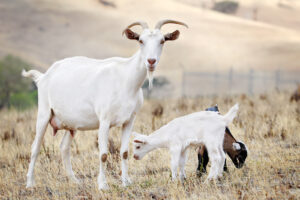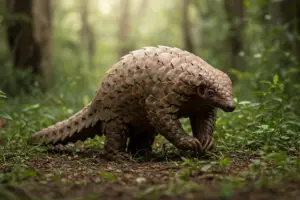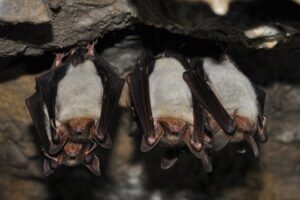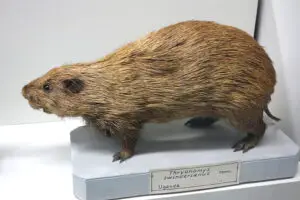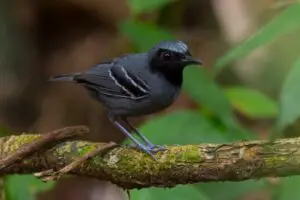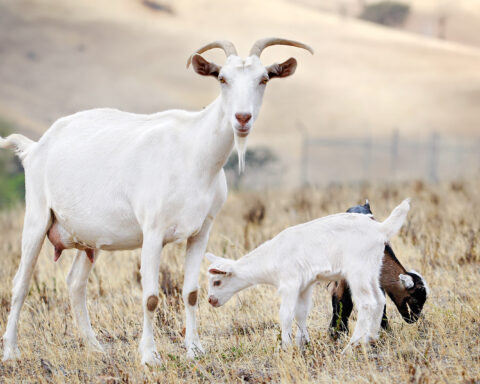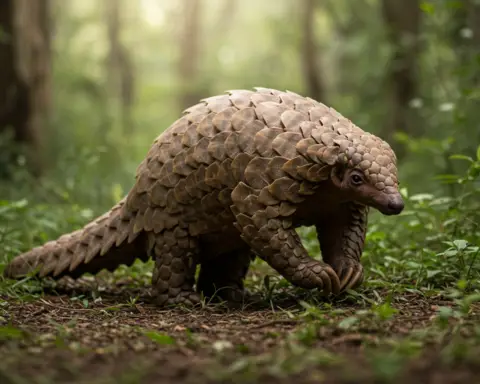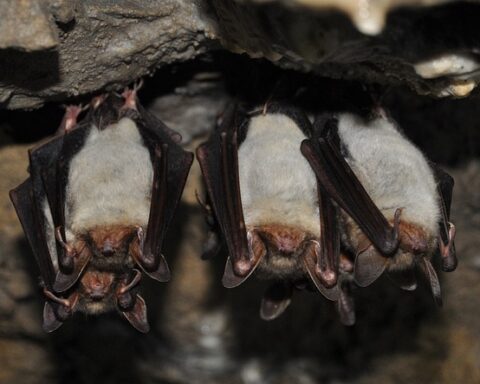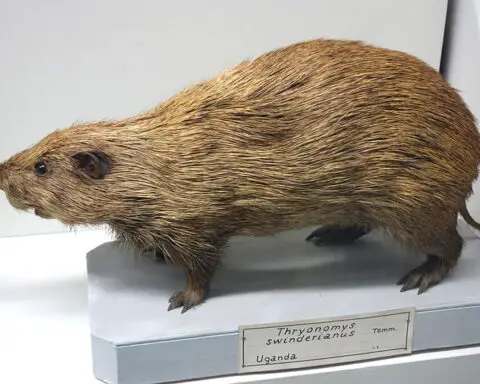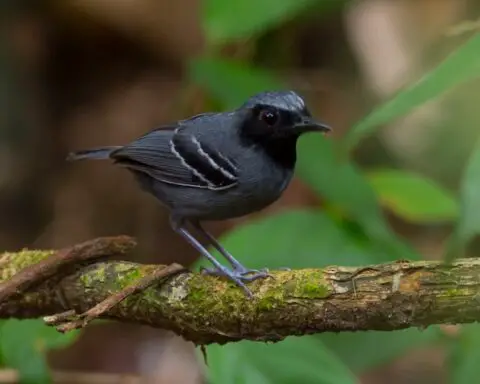The Arctic fox (Vulpes lagopus) is also called polar fox or white fox. It earns its name due to its all-white coat. Although the coat turns brown in summer, in winter it becomes as white and snowy as the Arctic habitat. This is probably one of the most useful adaptations arctic foxes have. They camouflage their body which blends into the white snowy background—making it difficult for the predators to hunt. One can see nothing but the black eyes in the snow.
Read More: What Eats Arctic Foxes?
The arctic fox makes habitat on the sea ice. Like polar bears, arctic foxes build dens not only to protect themselves from predators—they also give birth to live young inside the den. During summer the arctic foxes are unable to make snow dens and thus they are less likely to protect themselves in a way they do in winter. As the summer arrives, the coat turns brown and so is the arctic background. The brown coat camouflages the fox into the rocky tundra habitat.

